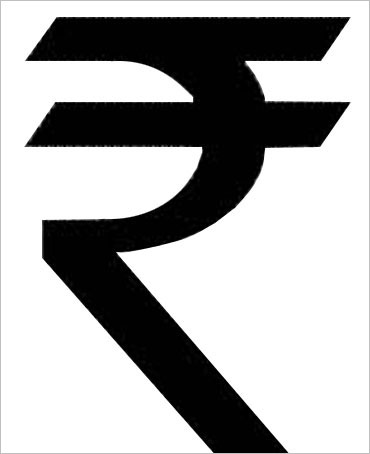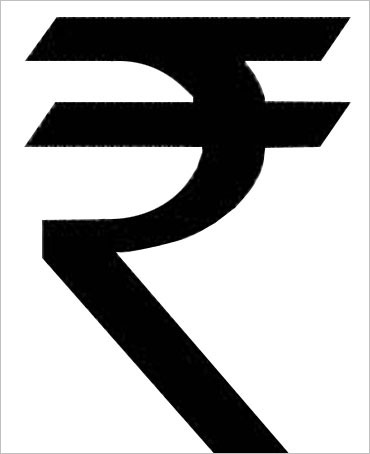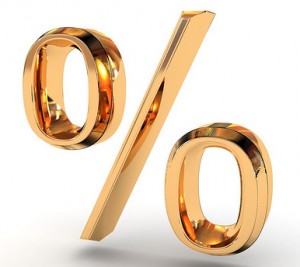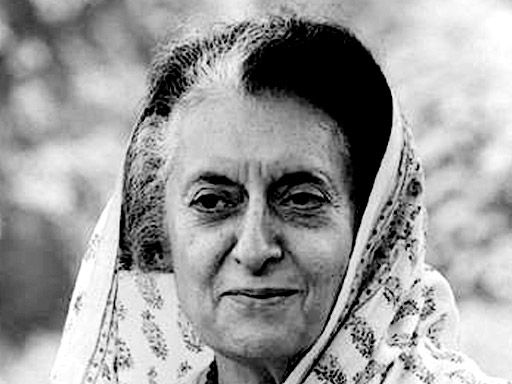
One of the major points that we talk about in India’s Big Government is the fact that the Indian state is overambitious. The government wants to do too many things at the same time, and ends up making a mishmash of everything.
One of the areas where the governments (both central as well as state governments) devote a lot of their time and attention are public sector enterprises. In the past columns, we have discussed many cases of central public-sector enterprises continuing to bleed and the government continuing to bail them out, year on year. This includes loss makers like Air India and Hindustan Photo Films Manufacturing Corporation, which have been losing money for many years.
In fact, very recently, the government revealed the losses of the perennially loss-making Air India, in the Lok Sabha. For 2016-2017, the government owned airline made losses of Rs 5,765 crore. Despite all the government spin around the airline working in a much better way, than it was in the past, the losses increased by 50%. In 2015-2016, the losses of the airline were at Rs 3,837 crore. With these numbers, it is surprising that a few media houses chose to report the fact that the operating profit of Air India, had improved year on year. But how does that matter, when the losses have gone up by 50%?
The airline has lost a total of Rs 41,657 crore, between 2010-2011 and 2016-2017. It continues to function on back of the government investing money in it, every year. Between 2011-2012 and 2017-2018, the government has invested a total of Rs 26,545 crore, into the airline. Of course, as we keep saying, every extra rupee invested in this airline, is a rupee taken away from more important areas like defence, education, health, agriculture etc.
Over and above this, the banks give the airline working capital loans. These loans as of March 31, 2017, amounted to Rs 31,088 crore. The question is why do banks give an airline which has accumulated losses of greater than Rs 41,000 crore, more loans? The answer lies in the fact that Air India is ultimately owned by the Indian government. No private sector airline in a similar situation, will get bank loans.
And lending to Air India is essentially lending to the government. Any default on loan repayment by Air India will be seen as a default by the Indian government. Hence, the assumption is that such a default is never going to happen. Given this, banks are happy to keep giving loans.
The point in throwing all these numbers at you, dear reader, is to show you, that it takes a lot of money to keep a “dead elephant” like Air India, alive. It is beyond the government babus who run this airline, to breathe life into it. With every new appointment at the top, we are told this gentleman will now revive the airline. But that hasn’t happened in years.
Meanwhile, the government continues to invest money in the airline. At the same time, the accumulated debt of the airline stands at Rs 48,447 crore (this includes aircraft loans over and above, the working capital loans). The good part is that the total debt is down from Rs 52,817 crore as of March 31, 2016. This is ultimately, the liability of the government of India, which actually does not show on its books.
In the recent past, there has been some talk about selling the airline, lock, stock and barrel. But then, until things really happen, talk is just talk. In fact, the government has been talking about selling the airline since June 2017. The proof of the pudding, as they say, is in the eating.
Air India, over the years, has become a poster boy of the government owning and continuing to run, loss making enterprises. This problem is well known at the central level. In 2015-2016 (the latest set of agglomerated numbers which are currently available) 78 out of the 244 central public sector enterprises, were loss making. Of these nearly half of the companies had made losses three years in a row. Further, between 2006-2007 and 2015-2016, a period of a decade, the net profit to capital employed ratio, of the central public sector enterprises has fallen from 12.27% to 5.97%. This tells us how well the government’s capital (or in other words the taxpayer’s capital) is being put to use.
The story of central public sector enterprises not doing well has been well highlighted over the years. But the same cannot be said for public sector enterprises owned by the state governments. Economist Vijay Joshi in a recent lecture pointed out: “In addition to Central PSEs, there are around 1000-odd State PSEs, of which two-thirds make losses, including notably the zombie electricity distribution companies. The aggregate losses of all PSEs, central and state, amount to about one per cent of GDP annually.”
One percent of the GDP is not a small amount. The GDP (gross domestic product) at current prices for 2017-2018 is projected to be at Rs 16,627,585 crore. One percent of this works out to around Rs 1,66,276 crore. This is a large amount of money.
Of course, a lot of this amount, the government is not currently paying for directly. Many public sector enterprises borrow from banks, in order to make up for their losses. The banks lend them money simply because these companies are ultimately owned by the central and the state governments.
Hence, the total liabilities of the government keep increasing day by day and will have to be paid for one day, simply because a government cannot default.
Rs 1,66,276 crore are just the projected losses of India’s public sector companies, for this year. Imagine, the kind of losses that have been accumulated over the years. Now imagine the kind of money that has been borrowed by these companies to keep running.
And now imagine, the kind of money that the government of India will have to provide in the years to come, to keep repaying these loans.
It’s a very scary proposition. And since, in the end, we are always asked, but what is the solution, let’s provide a solution, at least this time around. As Joshi said in his speech: “So far, successive Indian governments have been stuck with the fetish of 51 per cent ownership and have only flirted with the idea of privatization…It is high time the government grasped the nettle of mounting a substantial programme of privatization, at least of those PSEs that make losses or meagre profits… This gain could be used by the government to invest in socially beneficial activities that the private sector would normally avoid, such as rural roads and irrigation.”
But this is what we call an impossible solution. Joshi is not the first economist to have recommended the sale of public sector enterprises and the investment of the money thus generated into public goods. The government(s) have been in the know of this solution for a very long time, and have chosen to do nothing about it, up until now. And there is no reason for them to change that.
The column originally appeared in Equitymaster as on February 15, 2018.


